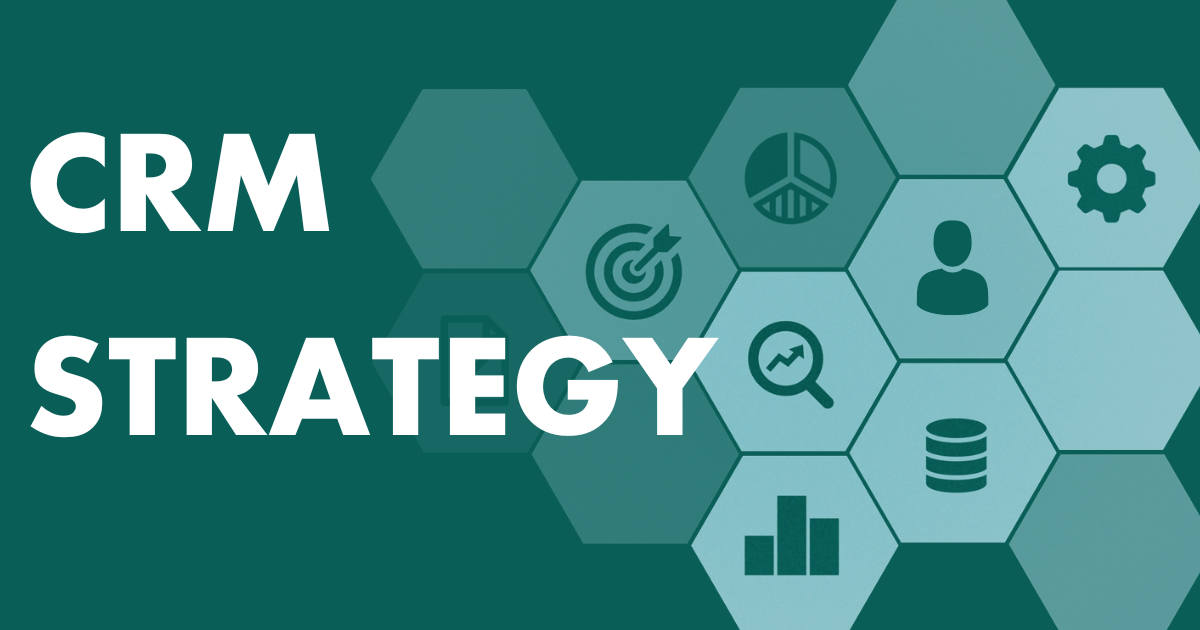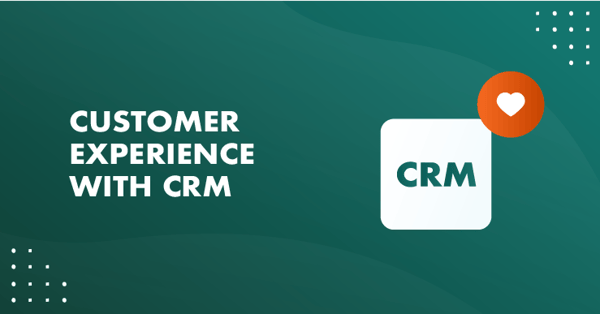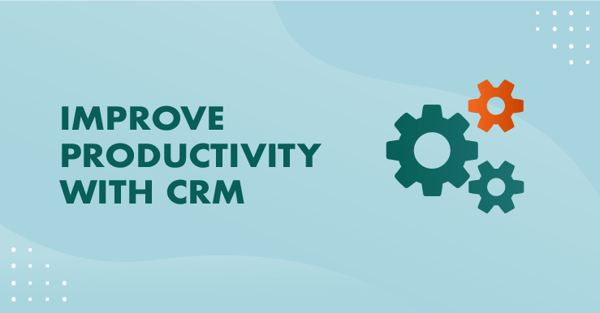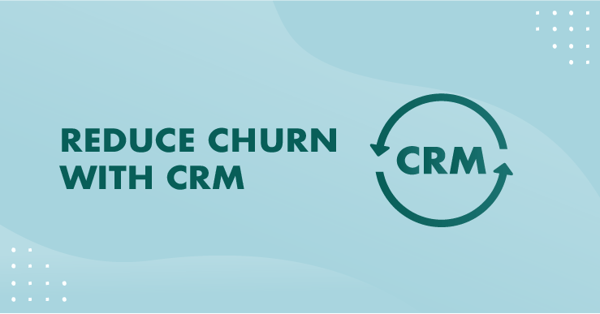For more than 30 years, SuperOffice has been helping thousands of small and medium-sized European companies improve their customer-facing processes and build stronger customer relationships.
All with the aim – to help them increase revenue and drive business growth.
During those years, I’ve seen tremendous changes in the way companies do business.
But never more so than in the past few years.
As you already know, the COVID-19 pandemic drove much of the change in the last 2 years. E-commerce exploded, compressing 10 years of growth into 3 months. Online ordering and delivery became as convenient as walking into a shop.
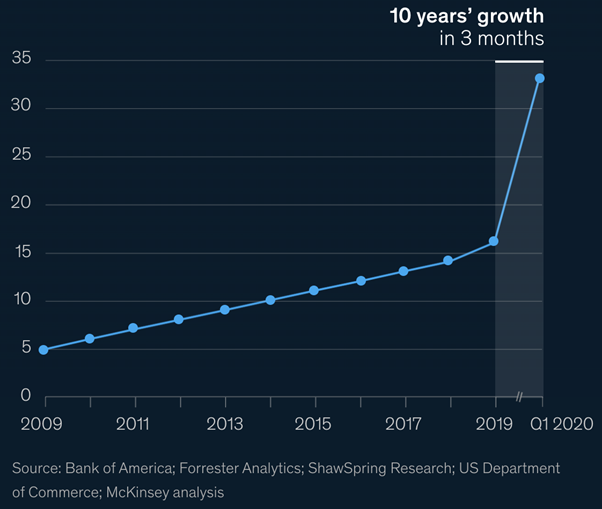
Since then, customers and suppliers have demanded more digitalization and automation. And we experienced the shift from physical offices to both remote and hybrid models.
Despite these changes, the people of the world felt very close for a while. After all, we were all in the same boat.
I half-expected or, dare I say, hoped that the world would continue feeling connected.
But, instead of remaining close, we’re now more disconnected than ever!
The modern B2B buying process
I’m sure you’ve experienced that B2B buyers want more autonomy in the buying process.
Many of them are digital natives who prefer to do research on their own. They like to try the product first and before you know it, they're halfway down the sales process before they even contact a company.
This autonomous buying process brought about new ways for marketers to meet and engage with buyers.
And what was considered good customer service before doesn’t cut it today. Digital experience requires “immediate gratification”. Not 10 minutes ago, but 10 seconds ago.
This forces more companies to put in place real-time customer support to meet those needs.
In turn, it leads to more technology with even more disconnected touchpoints, making it harder to build strong customer relationships.
CRM software vs. CRM strategy
You might think that if you have a CRM platform, then you have a CRM strategy.
Although it’s a good start, this isn’t quite true, and let me tell you why.
Here are three typical scenarios that you might recognize:
- Sales teams need a way to capture customer conversations, manage their sales pipeline and move deals forward. So, they invest in a sales CRM.
- Marketing teams need a way to communicate with customers and track leads. So, they invest in a marketing automation platform.
- Service teams need a way to respond to customer requests, so they invest in a customer service software.
Although they all have a CRM, they’re using different systems.
Systems which aren’t connected to an overall customer strategy.
And therein lies the problem.
One CRM strategy to rule them all
To drive company growth, the entire company must view, treat and communicate with customers in one cohesive way. That’s the only way to build a seamless customer experience.
This is where you need a CRM strategy.
A CRM strategy is the game plan for how you’ll manage relationships between your company and your customers.
This same game plan also applies to how you work with partners, suppliers, and colleagues in the company.
CRM software and CRM strategy usually go hand in hand.
But you don’t need the software in place before you create the strategy.
The strategy comes first!
Don’t overthink it
We often see medium-sized companies start their CRM journey by implementing CRM software in one department. That department is usually sales.
Sharp UK was one such company. On average, account managers were covering 300-400 customers.
They wanted a CRM tool to help them:
- Track sales and improve forecasting accuracy
- Segment their customer database
- Manage contacts in a better way
After they implemented the CRM system, they were able to reduce the amount of time account managers used on administrative work.
SuperOffice CRM also made it easier for them to manage and segment their customer database. This led to marketing messaging that was more tailored to individual prospects.
It’s OK to start small.
But to scale and drive future growth, companies still need a CRM strategy!
And by the CRM strategy, I don’t mean a year long, academic exercise with a big consulting company (which is how most companies approach CRM).
Instead, I’m talking about being intentional with how you work with customers and how this will help you reach your goals.
A CRM strategy is direction setting.
It’s also a cross-functional alignment of people, processes and technology.
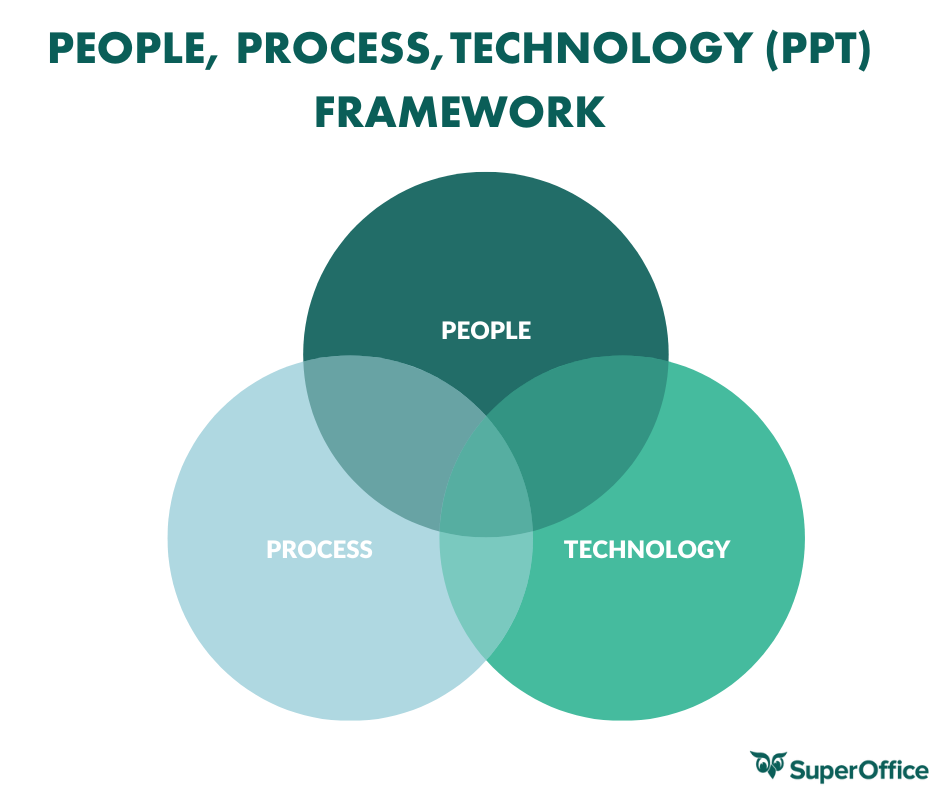
Here’s the thing – there’s no one better to drive the CRM strategy than the CEO (or managing director).
I’m sure I’ve surprised many of you who are reading this.
CEOs are busy. I get it.
This kind of work usually gets handed off to a person with lesser power in the organization.
But, as a CEO myself, I don’t see any way around this.
CEOs are the only people who can drive alignment between customer-facing teams.
And CEOs are also the only ones who can put a stake in the ground and say "This is the way I want us to work."
6 tips for creating a CRM strategy
Here are 6 areas where the company needs the CEO’s involvement:
1. Be clear about your customer
This may sound basic, but who is your customer?
Map your customer base. List your customers and different target personas within that business. Who are the decision-makers? What industry are your customers in?
2. Define the customer that means the most to you
Find your sweet spot.
Segment your customers by revenue contribution, how long they’ve been with you, size and geography.
Then, find out:
- Where are you the most vulnerable?
- What does your ideal customer profile look like?
- Which type of customer provides the most/ least value to your business?
3. Outline your organizational goals
What exactly do you want to achieve with better customer relationship management? Is it better NPS score? Reduced churn? Shorter sales cycle? Improved trust and transparency?
Your teams need guardrails and goals to work by.
Otherwise, they won’t know if they’re going in the right direction. That’s why you need to set CRM goals.
4. Drive customer programs to improve customer experience
How do you take care of your customers? Is it left to every department to handle, or do you have a structured way of handling them? In other words, have you designed a customer experience program?
Customers should never feel like your left hand doesn’t know what the right hand is doing. The customer experience needs to feel seamless.
5. Make sure you have the right people in place
Creating a customer-centric company isn’t something you do on the side. It requires commitment and focus.
Make sure you have the right resources in place to start and execute on such a strategy.
6. Schedule regular follow-ups
With so much to do, it’s easy to forget that you have to follow-up on progress and main milestones.
I like to schedule a monthly Steering Group meeting with all the key stakeholders in the same room. I like to see the agenda ahead of time, so I know what the big topics of discussion will be.
Sometimes this serves as a decision-making meeting, and other times I ask teams to go back and do some more work on the process.
This type of follow-up is a good way to get everyone aligned and on the same page.
Give customers what they want
It’s easy to forget, but in a world of asynchronous communication and disconnected experiences, relationships still matter.
Customers still want better customer experiences. And they are willing to pay more for it.
When you give customers what they want, company revenue, profitability and operational efficiency will improve too. Yes, technology will play an important role, but strategy comes first!
So, my advice is create a CRM strategy and then focus on technology.
And those are the company leaders that are responsible for making it happen.
I took that step long ago. It’s now time for you to take it, too.
